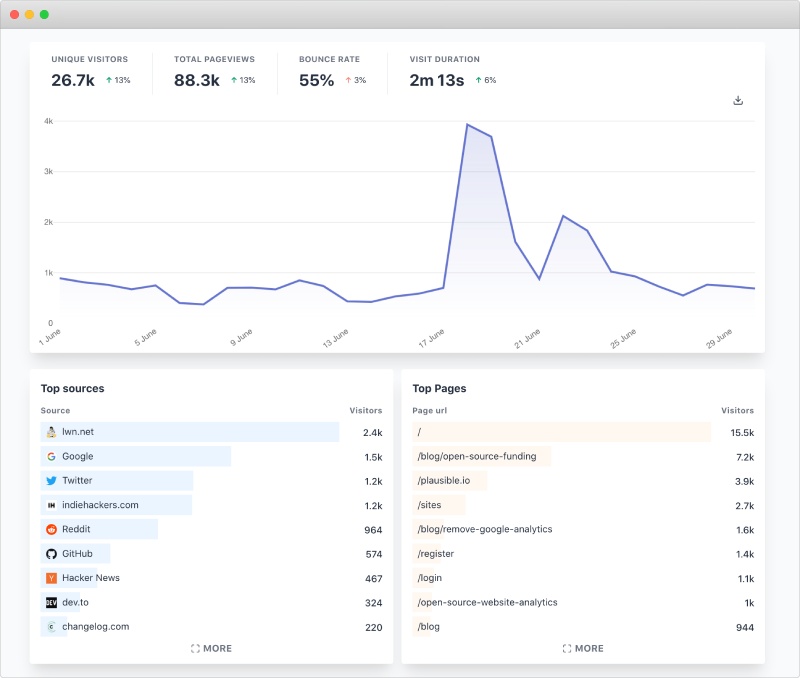
If you use a website in the UK or EU – you will likely see a cookie consent banner or pop-up. These consent requests are required to ensure that websites are compliant with the General Data Protection Regulation (GDPR) – which was introduced by the European Union (EU) in 2018.
Google Analytics & GDPR
Google Analytics places cookies on devices to collect website visitor data - this tracks how they use a website. GDPR requires that websites which use Google Analytics gain consent from users – before placing cookies on devices.
GDPR is a data protection regulation which was introduced by the EU to strengthen the rights of EU citizens when it comes to data privacy. The regulations state that websites which place cookies on websites gain consent from users before doing so.
This means if websites want to use Google Analytics they must:
- Have a privacy policy about analytics
- Show a cookie banner
- Obtain GDPR/CCPA consent
If a user visits your website and does not accept the cookie consent request, Google Analytics will be unable to track their session. This means websites lose data and can no longer measure all the traffic visiting your site.
Google Analytics vs. Plausible
Google Analytics is not the only website analytics software on the market. There are alternatives, which can be used – especially for those websites who can no longer see all the traffic coming to their site because of cookie consent banners or pop-ups.
Plausible is an analytics program which is fully complaint with GDPR because it does not use cookies – and collects no personal data. This means that websites which use Plausible do not need to display a cookie consent banner or pop-up and do not need a privacy planner. Although it is worth keeping in mind that other website services, such as AdSense, do use cookies – so a cookies consent banner or pop-up would still be required.
Simple vs. Complex Analytics
For many website owners – Google Analytics is overkill. As a tool, it is very complex and often requires training to be fully utilised. Google Analytics presents hundreds of different metrics and reports, many of which are ignored by most website owners.
Plausible is simpler. It presents everything you need to know on one single page, so website owners can see valuable metrics in a glance. From this page, website owners and marketers can see the metrics which matter and use this to gain actionable insights.
Plausible focuses on the essential website metrics such as channels, sources and mediums, unique visitors, current visitors, total page-views, top referrers, top pages, top countries, screen size, operating system, and browser. Plausible can also integrate Google Search Keywords – a good feature for any website concerned with SEO.

Page Loading Times
When it comes to pagespeed and site loading time – every KB matters. Google Tag Manager script weighs 28 KB, and the Google Analytics tag adds an additional 17.7 KB to a page size – for a total combined weight of 45.7 KB. In comparison, Plausible only weighs 1.4 KB – making it 33 times smaller than Google Analytics.
Free vs. Paid
Google Analytics is starting to be blocked by an increasing number of browsers – such as Firefox and Brave. Although free to use, this means that many website owners are likely to see their traffic data decrease.
To avoid this, an analytics program such as Plausible can be used. Plausible is not free, and those who wish to use the tool must subscribe and pay a monthly cost (which is based on number of page-views). The price-point is much less than other competitors which makes it a great way to get into basic privacy-focused analytics.

